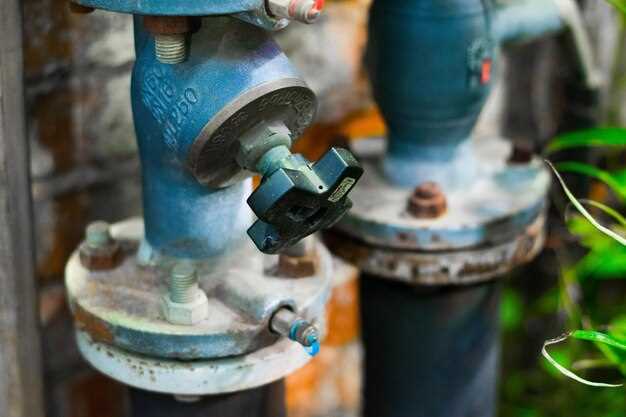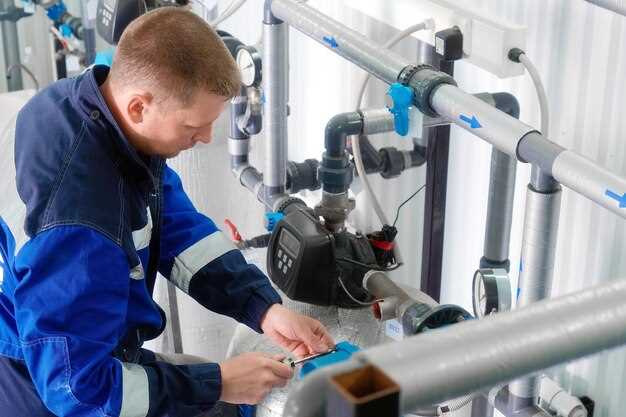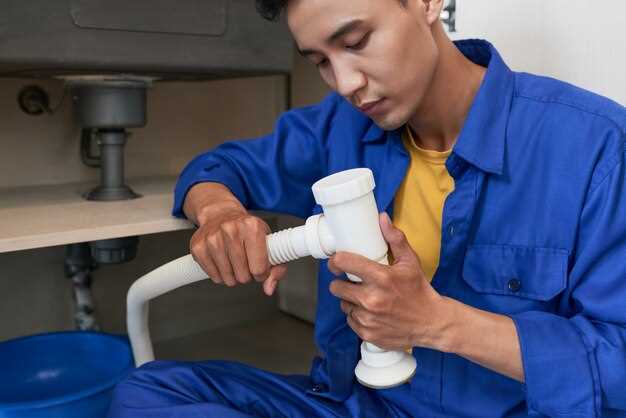
When to replace your water pump
- Dominique Kaye
- 0
- Posted on

The water pump plays a crucial role in maintaining the engine’s temperature by facilitating the flow of coolant throughout the system. This component ensures that the engine operates efficiently, preventing overheating and potential damage. However, over time and with regular wear and tear, the water pump may become less effective or fail entirely. Recognizing the signs that indicate a need for replacement can save you from more extensive and costly repairs down the line.
One of the most common signs that your water pump may need replacement is a noticeable decrease in coolant flow. If you observe inconsistent coolant circulation, it could lead to engine overheating, affecting overall performance and longevity. Additionally, a leaking water pump can often be a precursor to failure. If you detect coolant pooling under your vehicle or dry cracks around the pump, it’s essential to address the issue promptly to avoid severe engine damage.
Another warning sign is the presence of unusual noises coming from the engine bay. A whining or grinding noise could indicate that the water pump’s bearings are worn out, signaling that it might soon fail. Keeping an eye on these indicators is vital to ensure that your vehicle runs optimally and that your engine remains protected from the potential dangers of an unreliable water pump.
Unusual Noises Indicating Water Pump Malfunction

When your water pump starts to fail, it often produces distinct sounds that can help diagnose the issue. One of the most common noises is a grinding or whining sound, which usually indicates worn bearings or internal damage. If you hear this sound, it’s crucial to investigate further, as it can lead to a complete pump failure.
Bubbling or gurgling noises are another sign that could suggest air bubbles or contamination in the coolant. This can impair the pump’s efficiency and lead to overheating if not addressed promptly. Regular checks of the coolant system can help prevent issues related to trapped air or fluid degradation.
A high-pitched squealing noise typically signifies a loose or worn serpentine belt connected to the pump. This can affect how effectively the water pump circulates coolant throughout the engine, leading to overheating and potential engine damage over time. Timely belt inspections and replacements are essential to maintain proper function.
If you hear any unusual sounds coming from your water pump, it is advisable to consult a professional. Addressing these noises early can save you from more extensive and costly repairs in the future. Ignoring these warning signs can ultimately lead to pump failure and a series of complications affecting your vehicle’s performance.
Symptoms of Insufficient Coolant Flow
Insufficient coolant flow can lead to severe engine problems, often stemming from a malfunctioning water pump. One of the primary symptoms of this issue is the engine overheating. When the pump fails to circulate coolant effectively, the temperature rises, illustrating a lack of proper cooling. Drivers may notice the temperature gauge hitting the red zone or see warning lights illuminate on the dashboard.
Another prominent sign is the presence of steam rising from the engine bay. This happens when coolant does not flow adequately, causing it to heat up and evaporate. Additionally, inconsistent heating inside the cabin can indicate coolant flow issues. If your heater only produces lukewarm air or fluctuates between hot and cold, the water pump might be unable to maintain a steady flow of coolant.
Leaking coolant around the water pump area is also a critical symptom. This could be an indication that the pump is failing and unable to hold the coolant effectively. Drivers should also keep an eye out for unusual noises, such as grinding or whining sounds coming from the pump, suggesting potential internal damage that affects coolant circulation.
Lastly, frequent coolant top-ups may be necessary if the water pump is not functioning properly. If you find yourself needing to refill coolant regularly without any visible leaks, it could point to inadequate flow due to a pump malfunction. Addressing these symptoms promptly can help prevent more extensive engine damage and ensure optimal performance.
Visual Inspection: Signs of Wear and Damage

When evaluating the condition of your water pump, a thorough visual inspection can reveal crucial indicators of wear and damage. Start by examining the pump for any visible signs of coolant leaks. If you notice a buildup of coolant around the pump, this may indicate a failure in the sealing components, which could lead to a significant drop in efficiency.
Next, check for any cracks or corrosion on the pump housing. These issues can compromise the pump’s integrity and disrupt the flow of coolant, leading to overheating and potential engine damage. A pump that exhibits surface rust or severe dents should be replaced immediately, as these can hinder its performance.
Pay attention to the condition of the hoses connected to the pump. Frayed, cracked, or brittle hoses can restrict coolant flow and may eventually fail, causing catastrophic coolant loss. Ensure that all clamps are tight and secure, as loose connections can also lead to leaks.
Lastly, listen for unusual noises while the engine is running. A grinding or whining sound could indicate internal damage within the pump. If these symptoms are present, it is advisable to replace the pump promptly to avoid further complications.
